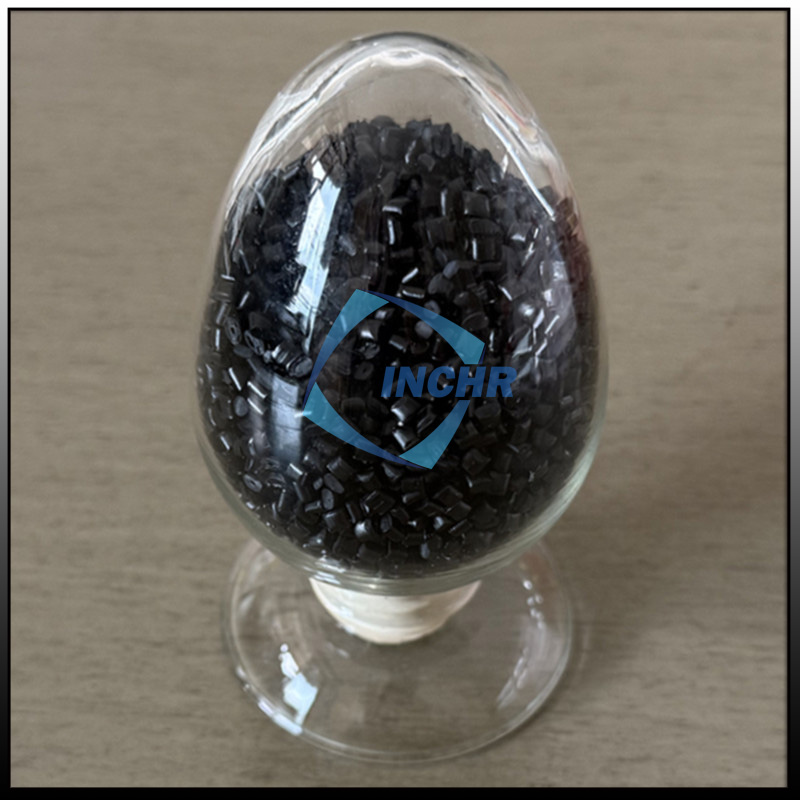Carbon Fiber Reinforced Nylon: Pioneering the Next Generation of Engineering Materials
In the relentless pursuit of materials that deliver strength without compromising weight, carbon fiber reinforced nylon (CFRN) has emerged as a transformative solution. Blending the versatility of nylon polymers with the unparalleled mechanical properties of carbon fibers, CFRN is redefining industries from electric vehicles to aerospace. This article explores its unique advantages, cutting-edge applications, and the innovations driving its adoption.

Why Carbon Fiber Reinforced Nylon Stands Out
CFRN is a thermoplastic composite where carbon fibers (typically 10–40% by weight) are embedded into a nylon matrix. Unlike traditional metals or unreinforced plastics, CFRN offers:
Superior Strength-to-Weight Ratio: Up to 50% lighter than aluminum with comparable tensile strength, making it ideal for weight-sensitive applications15.
Thermal Stability: Retains structural integrity at temperatures up to 200°C, suitable for under-the-hood automotive parts1.
Chemical and Wear Resistance: Resists oils, fuels, and abrasion, even in harsh environments6.
Design Flexibility: Compatible with injection molding, CNC machining, and 3D printing, enabling complex geometries34.
The integration of carbon fibers into nylon also enhances dimensional stability, reducing warping and shrinkage during manufacturing1.
Breakthrough Applications of Carbon Fiber Reinforced Nylon
1. Aerospace: Lighter, Faster, Safer
CFRN’s lightweight properties are critical for aerospace efficiency. Applications include:
Drone Propellers: High stiffness minimizes vibration for stable flight1.
Satellite Components: Radiation-resistant brackets and housings5.
Aircraft Interiors: Flame-retardant seat frames and overhead bins7.
Recent studies show that optimizing injection molding parameters (e.g., melt temperature, injection pressure) can boost CFRN’s tensile strength by over 8%, enhancing its viability for structural parts1.
2. Electric Vehicles (EVs): Extending Range and Efficiency
EV manufacturers prioritize weight reduction to maximize battery range. CFRN excels in:
Battery Trays: Lightweight, thermally stable enclosures for lithium-ion cells5.
Motor Mounts: Vibration damping for quieter, more efficient systems7.
Charging Ports: Heat-resistant designs for fast-charging infrastructure3.
Automakers like Tesla are exploring CFRN for next-gen models to reduce vehicle mass without sacrificing durability7.
3. 3D Printing: Precision and Performance
CFRN filaments are revolutionizing additive manufacturing:
Functional Prototypes: High-strength gears and robotic arms4.
Custom Medical Devices: Lightweight prosthetics tailored to patient needs3.
Aerospace Tooling: Jigs and fixtures with near-metal strength4.
The Fused Deposition Modeling (FDM) process, for instance, enables continuous carbon fiber layering in CFRN, achieving exceptional compressive strength in honeycomb structures4.
Manufacturing Innovations: Enhancing Performance and Sustainability
1. Advanced Processing Techniques
LFT-D Technology: Long-fiber thermoplastic direct compounding preserves fiber length, improving mechanical properties and recyclability3.
Surface Modification: Nitric acid and ultrasonic treatments enhance carbon fiber-resin bonding, boosting composite strength by up to 15%6.
2. Sustainable Solutions
Recyclability: Nylon’s thermoplastic nature allows closed-loop recycling, reducing waste3.
Bio-Based Nylon: Companies like Arkema are developing plant-derived nylon paired with recycled carbon fibers5.
Carbon Fiber Reinforced Nylon Challenges and Future Trends
1. Cost Barriers
While CFRN offers long-term savings through durability, raw material costs remain high. Hybrid composites (e.g., glass fiber blends) provide cost-effective alternatives for non-critical parts27.
2. Next-Gen Innovations
AI-Optimized Designs: Algorithms create lattice structures to maximize strength while minimizing material use4.
Self-Healing CFRN: Microcapsules embedded in the matrix repair cracks autonomously, extending component lifespan8.
Nanotube Reinforcement: Anchoring multi-walled carbon nanotubes (MWCNTs) to fibers enhances impact resistance and interlaminar shear strength by over 20%8.
How to Source Carbon Fiber Reinforced Nylon: Key Considerations
Fiber Length: Short fibers (0.2–0.5 mm) for intricate molds; long fibers (≥1 mm) for maximum load-bearing capacity13.
Certifications: Ensure compliance with industry standards (e.g., UL 94 flame ratings, FDA guidelines)6.
Supplier Expertise: Partner with leaders like BASF or SABIC for tailored CFRN grades3.
Conclusion
Carbon fiber reinforced nylon is not just a material—it’s a catalyst for innovation. From aerospace to sustainable manufacturing, CFRN bridges the gap between lightweight design and uncompromising strength. As advancements in 3D printing, surface engineering, and AI-driven design accelerate, CFRN will continue to redefine what’s possible in modern engineering.




